With summer vacation well underway in Halifax, there’s no better time to press pause, drop what you’re doing and hit the water – that’s right I’m talking about going scuba diving!
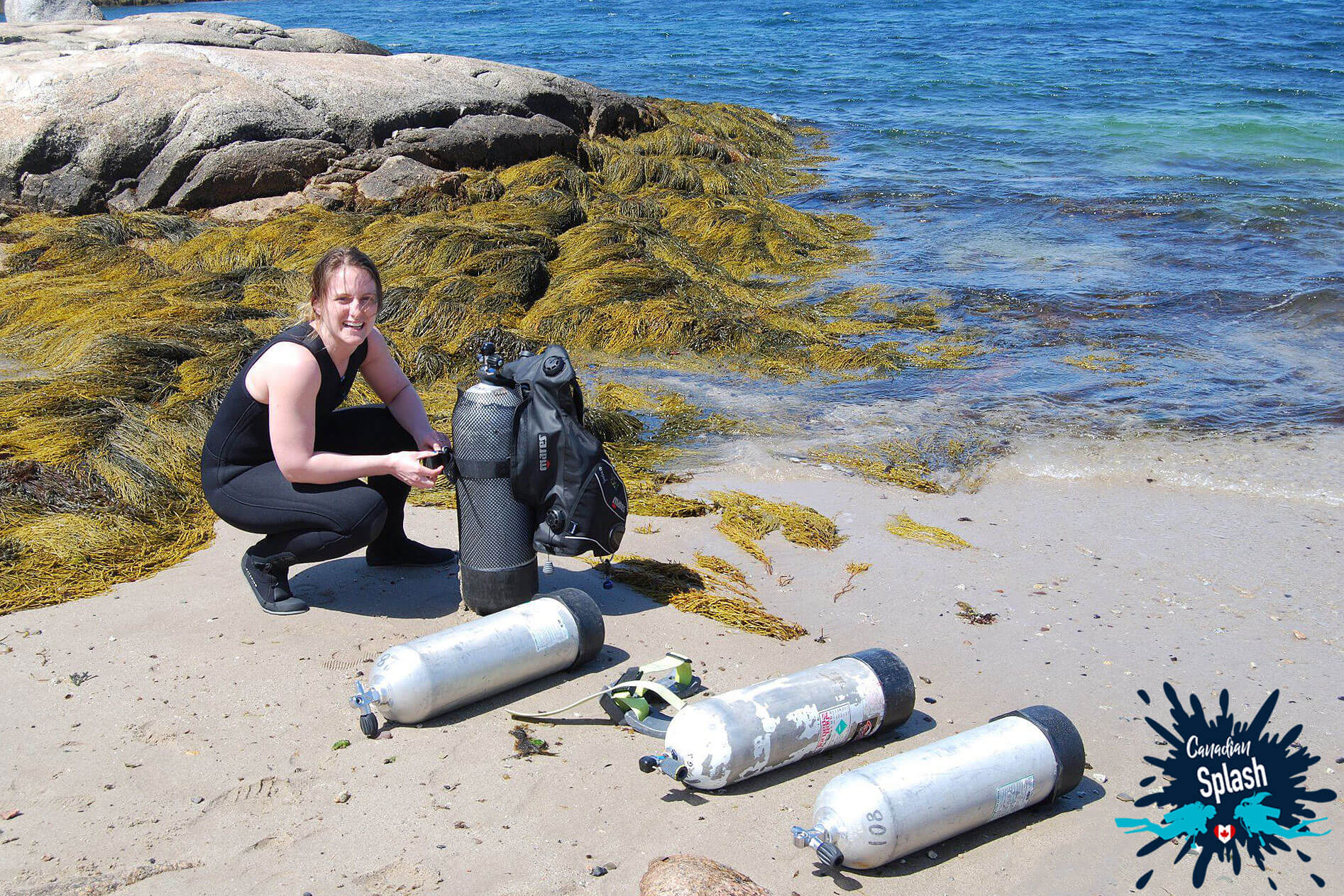
To visit Nova Scotia’s capital city of Halifax is to do more than just breathe in the salty sea air and drink like a sailor.
The heart and soul of life in the Maritimes, Halifax is a busy beehive of a city. Having a population of nearly 404, 000 residents, Halifax is one of the most populous places on Canada’s Atlantic coast.
Hiking, biking, whale watching, swimming, this laid back coastal city is a true hub for students and travelers alike. Everybody seems to know everybody, strangers quickly become friends, and the ocean is never more than a heartbeat away.

Whether you visit Halifax for the freshly caught lobster or to take a walk by the ocean, one thing is for certain; you’d better prepare yourself for the awesome scuba diving.
For those bold enough to zip on a drysuit and dive into the incredible waters of the North Atlantic, an aquatic place of beauty, color and fragility await…
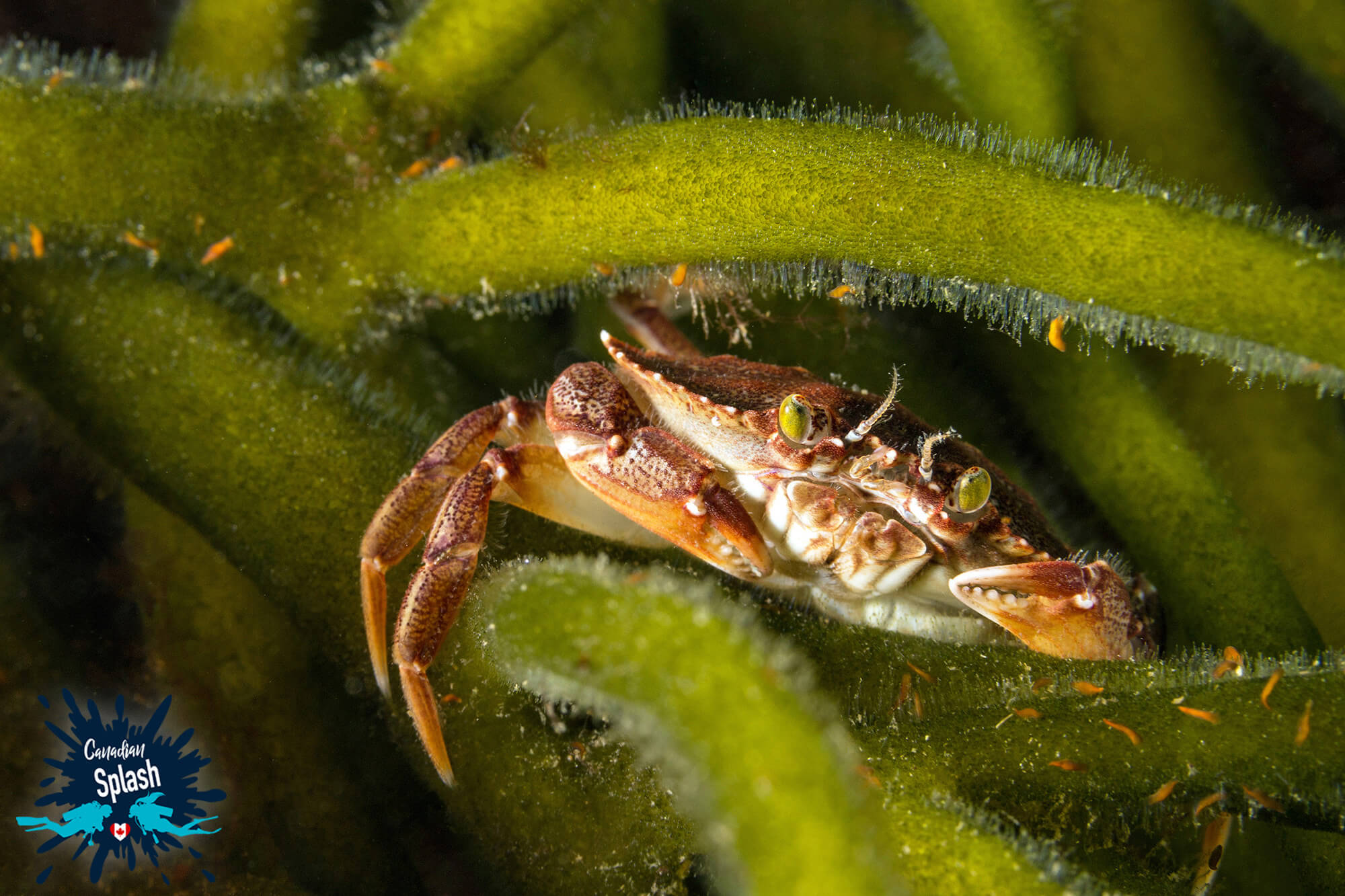
Check out these four shore diving sites within easy reach of the most metropolitan city in the Maritimes:
Africville is a small Halifax community, that pays tribute to the Canadian African American heritage and their struggle against racism.
The Africville dive site is a marvelous place, located on the south shore of the Bedford Basin, smack dab at the foot of the MacKay Bridge.
Divers can enter the water by means of a boat ramp and follow the rapidly sloping shoreline along the left-hand side and can descend very deep, past 24 meters (80 feet) if you crave the darkness and water pressure.
Anemones, anemones and more anemones are seen all over this dive site their tentacles showing like soft wispy frills. Looking past the pink, white and green plumose anemones divers can also spot tonnes of macro creatures. Crabs, ctenophores, snails, nudibranchs… There is never a shortage of little things to spy.
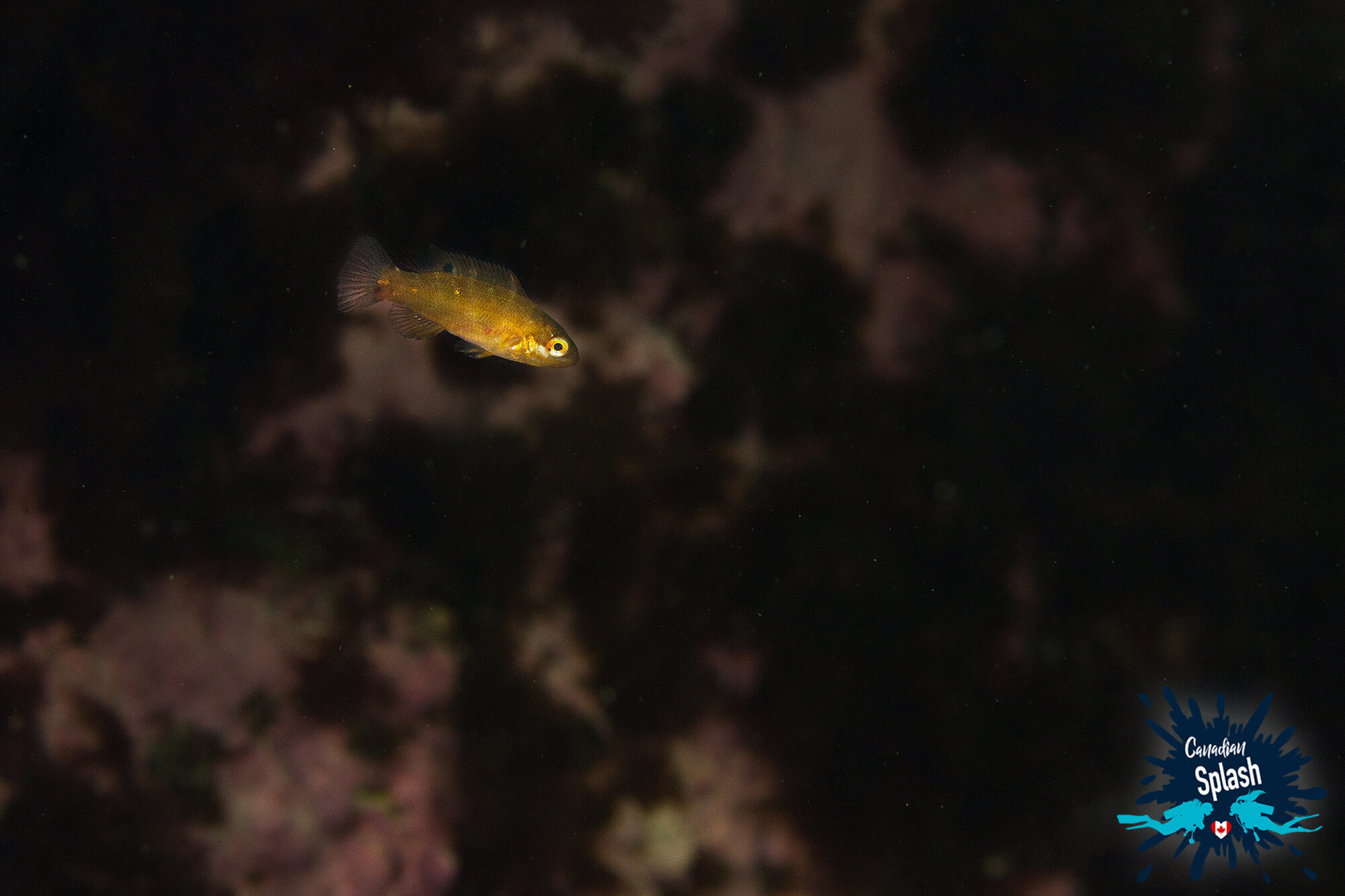
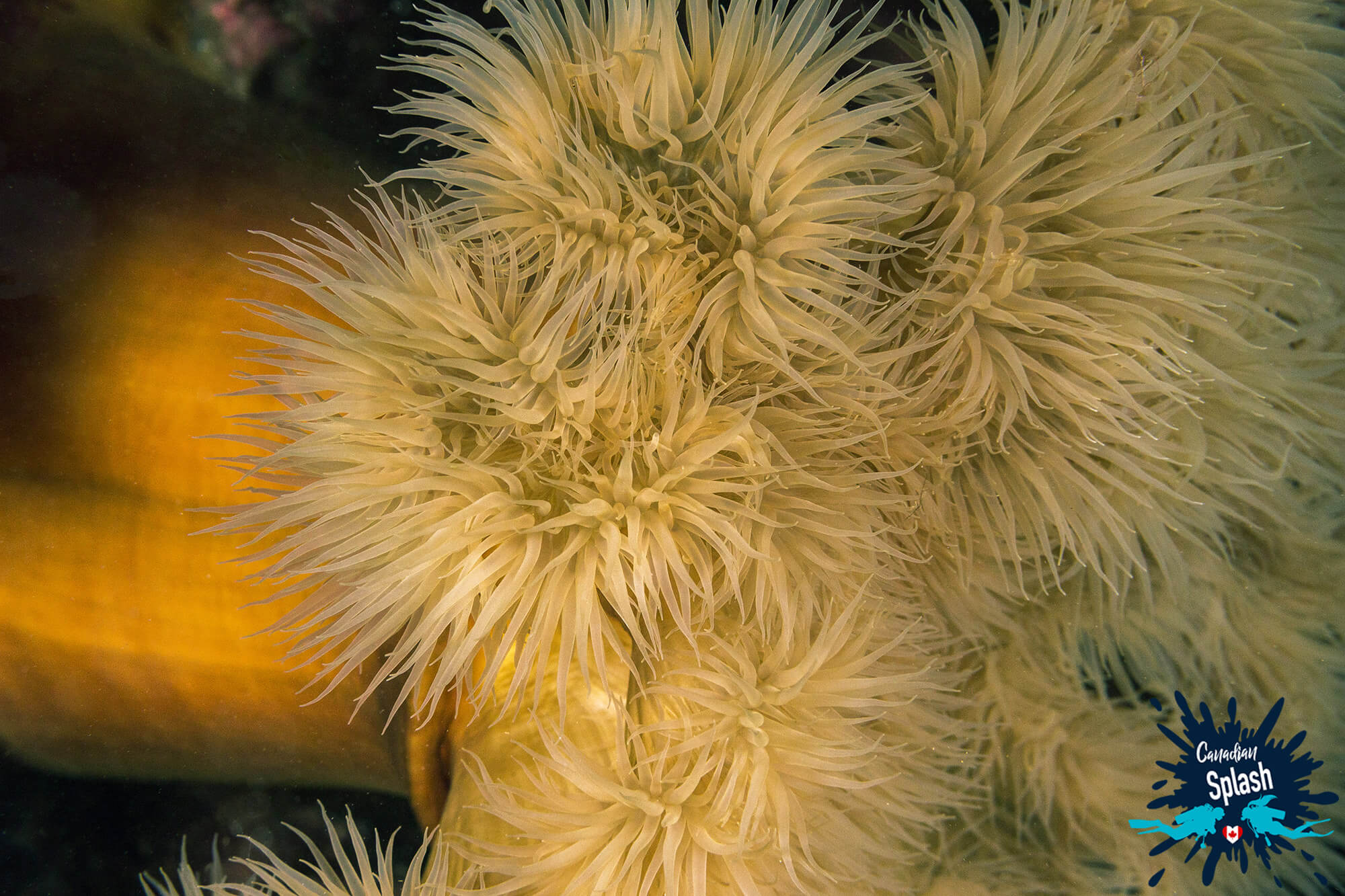
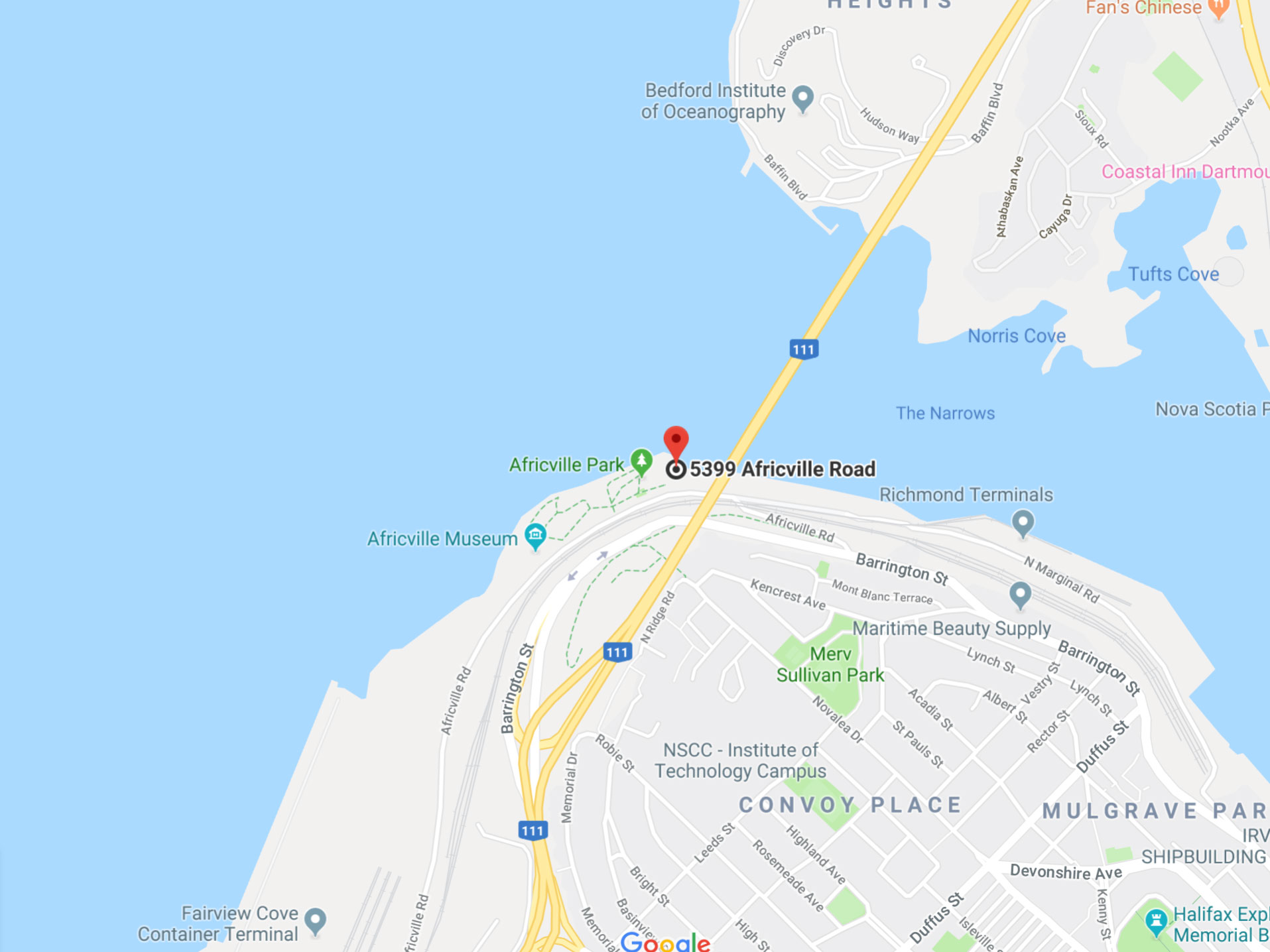
How to Find Africville and What to Look For
GPS Coordinates: 44.675854, -63.615305
Address: 5399 Africville Rd, Halifax, NS
This urban park has parking and easy access via the boat ramp, just watch out for boat traffic.
Sir Sandford Fleming Memorial Park also known as The Dingle, is a wooded park on the Northwest arm of Halifax. The centerpiece of the park is an impressive tower built between 1908 and 1912 to commemorate Nova Scotia’s achievement of representative government.
Diving this oceanfront park is done on the left-hand side of the tower. Divers can enter the rocky beach and follow the gently sloping bottom searching for tube anemones, nudibranchs, and other small burrowing things.
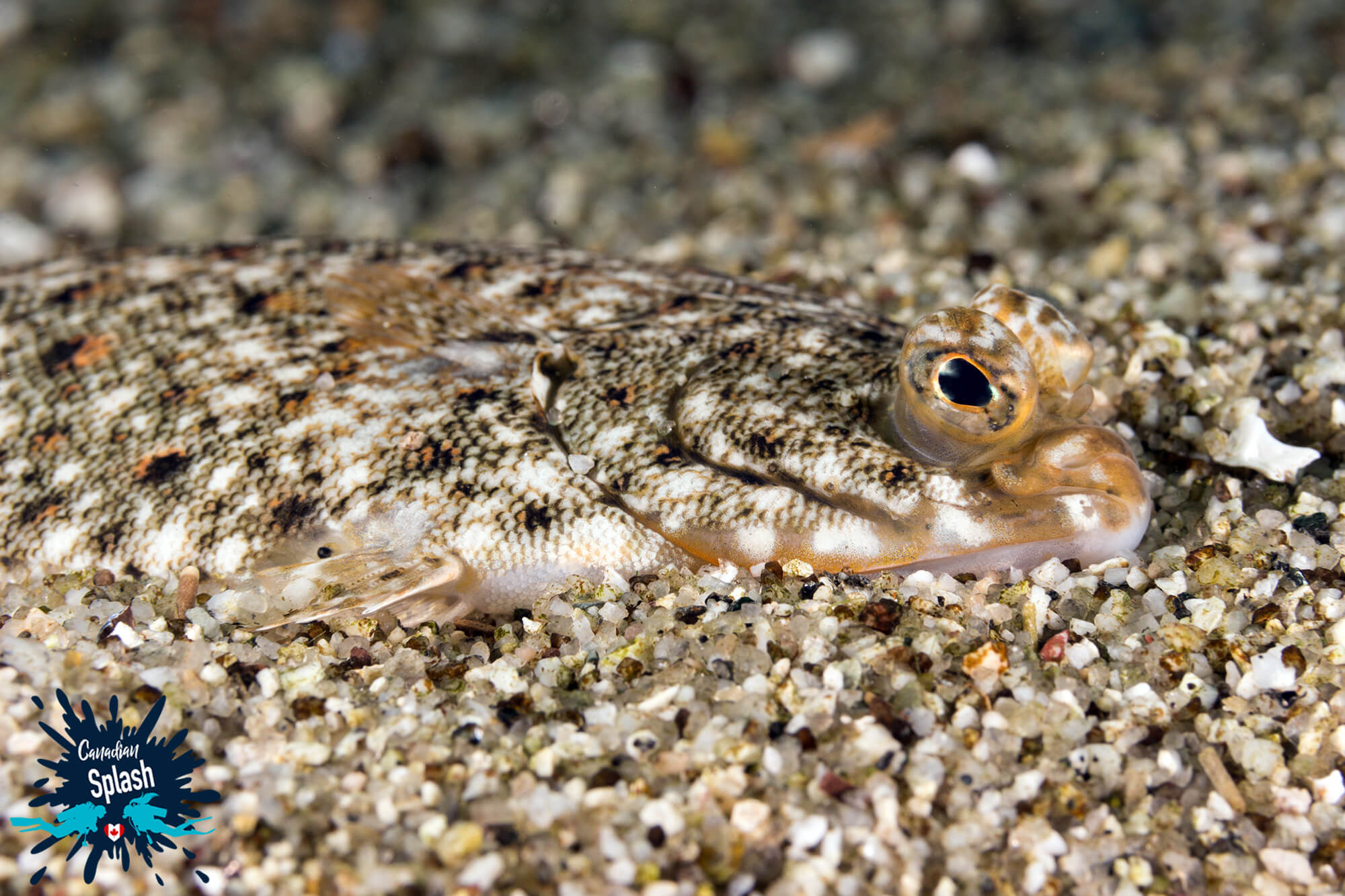
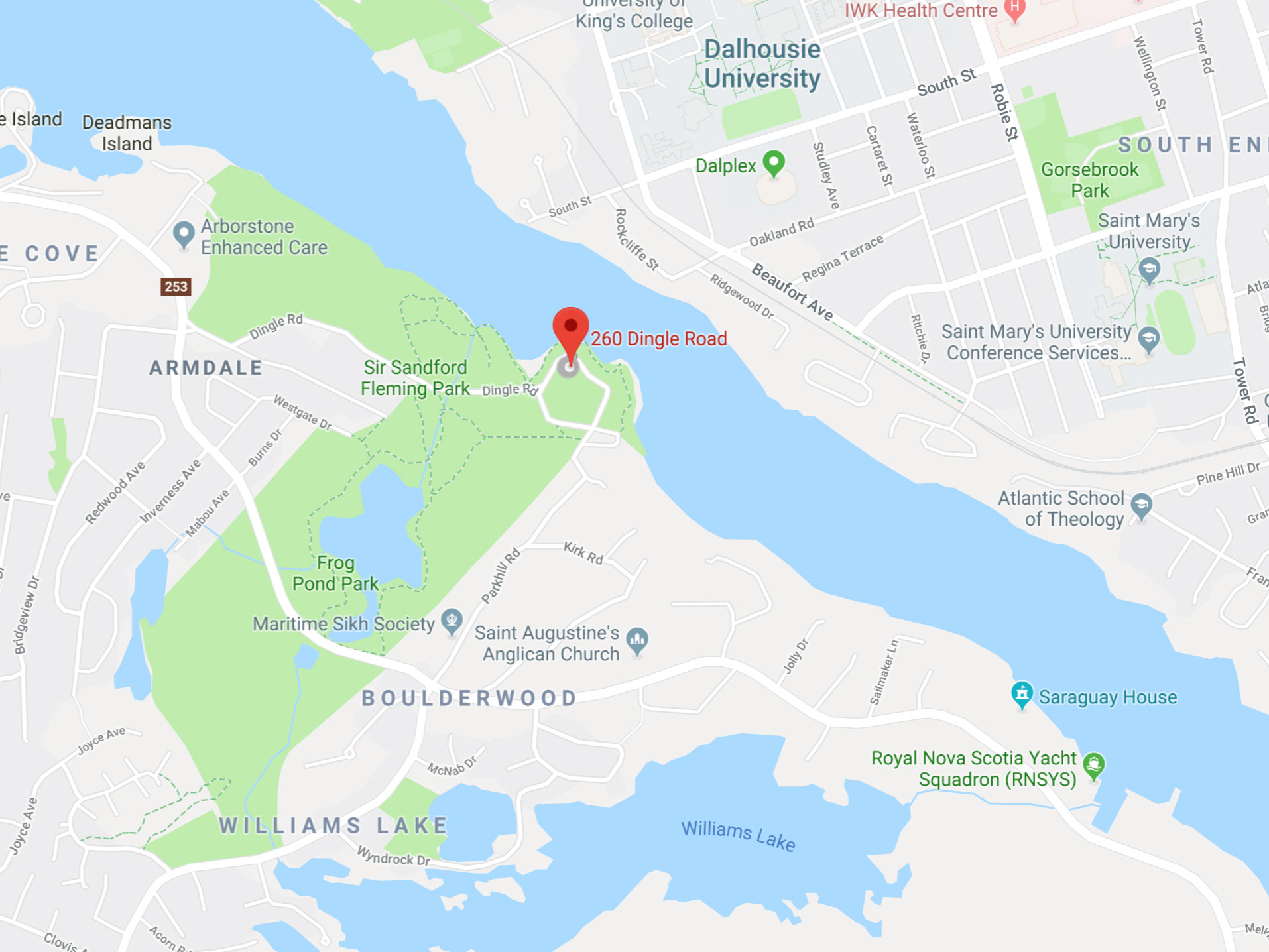
How to Find the Dingle and What to Look For
GPS Coordinates: 44.630317, -63.597339
Address: Sir Sandford Fleming Memorial Tower
Head into the park, find a parking space and dive on the left-hand dive of the tower.
Point pleasant park is a large forested park at the tip of the Halifax peninsula. This historic green space provides visitors with the opportunity to enjoy early fortification ruin, coastal ecosystems, and cultural resources.

Diving in Point Pleasant occurs at Black Rock Beach just off the parking lot at Point Pleasant.
Black Rock Beach dive site is a sandy entry where divers go either left or right along the wall and find old bottles, sea urchins and massive lobsters. The site is good for beginners and novices as the area is generally calm and reaches a depth of 15 meters (50 feet).
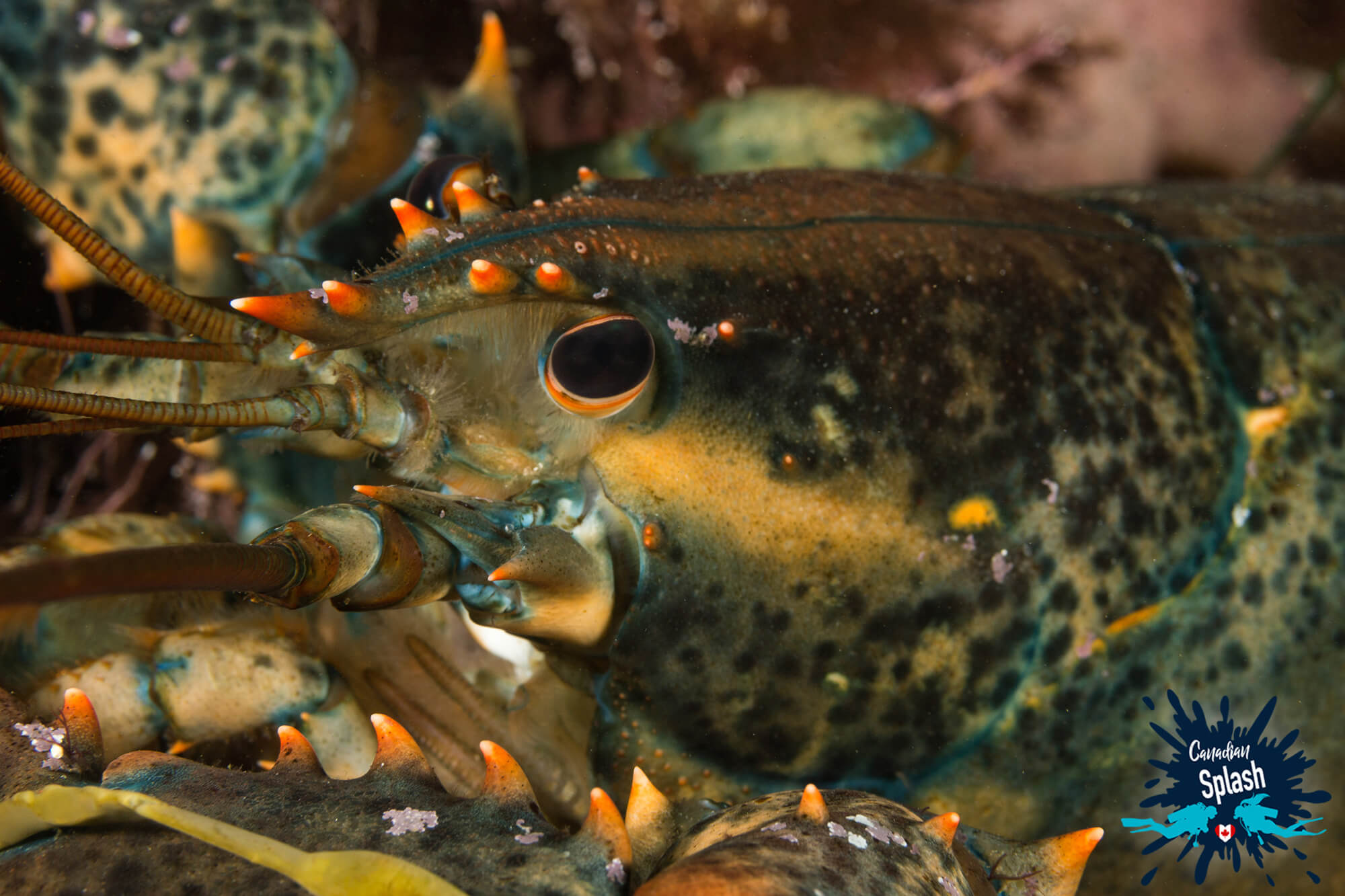
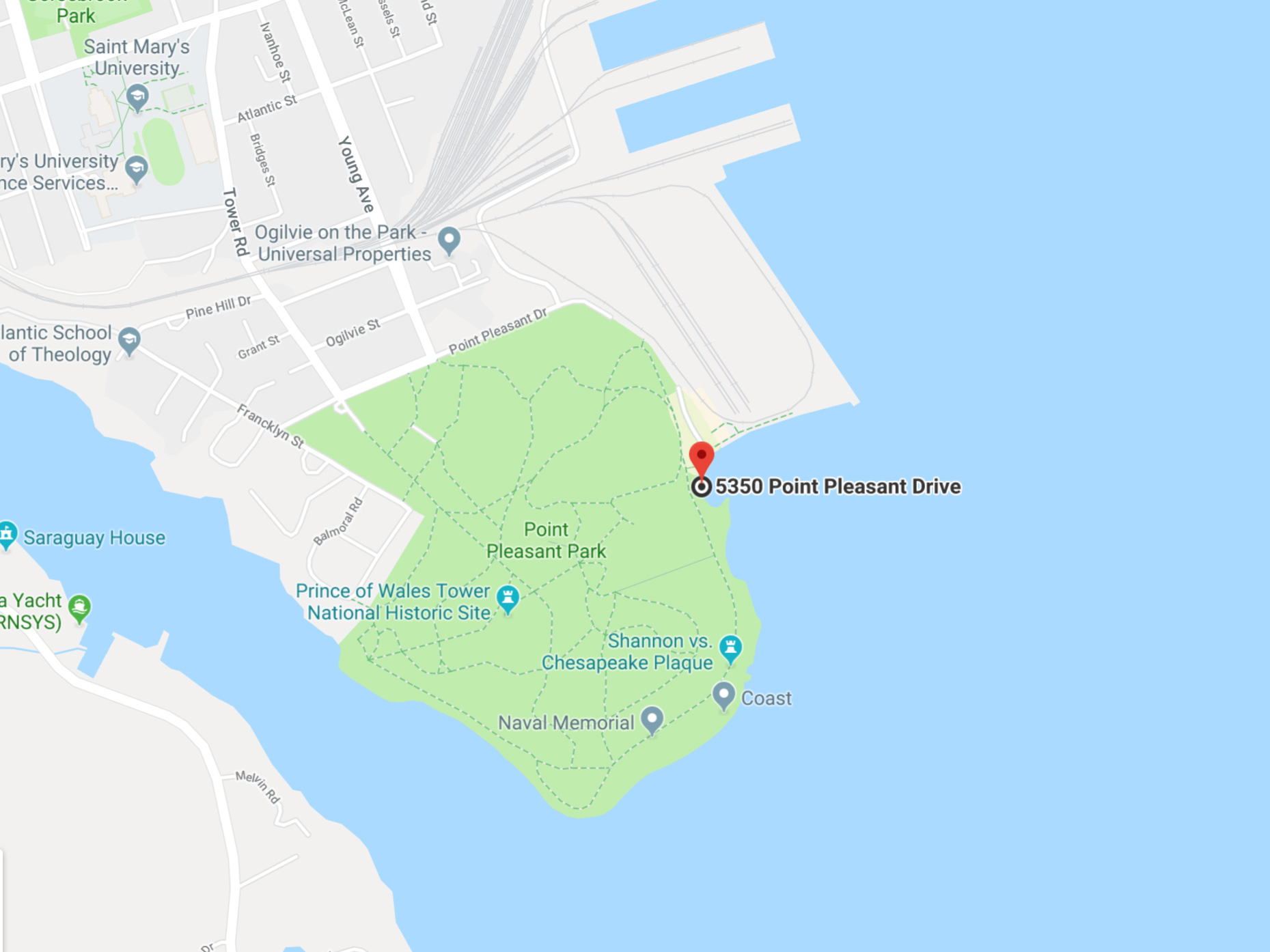
How to Find Point Pleasant Park and What to Look For
GPS Coordinates: 44.624486, -63.564179
Address: 5350 Point Pleasant Dr, Halifax, NS B3H 4P6
Locating the site and parking should be easily found and very straight forward.
Ferguson’s Cove is a dive site found a short distance outside of Halifax.
The site has an easy rocky beach entry nestled between a pier and man-made breakwater. The flora and fauna at Ferguson’s Cove are diverse and divers can enjoy scouting out many macro sea critters such as hermit crabs, snails, shrimp, and nudibranchs. Heading right when you enter the waters offers the best animals sightings whereas heading left divers will find all kinds of bottles.
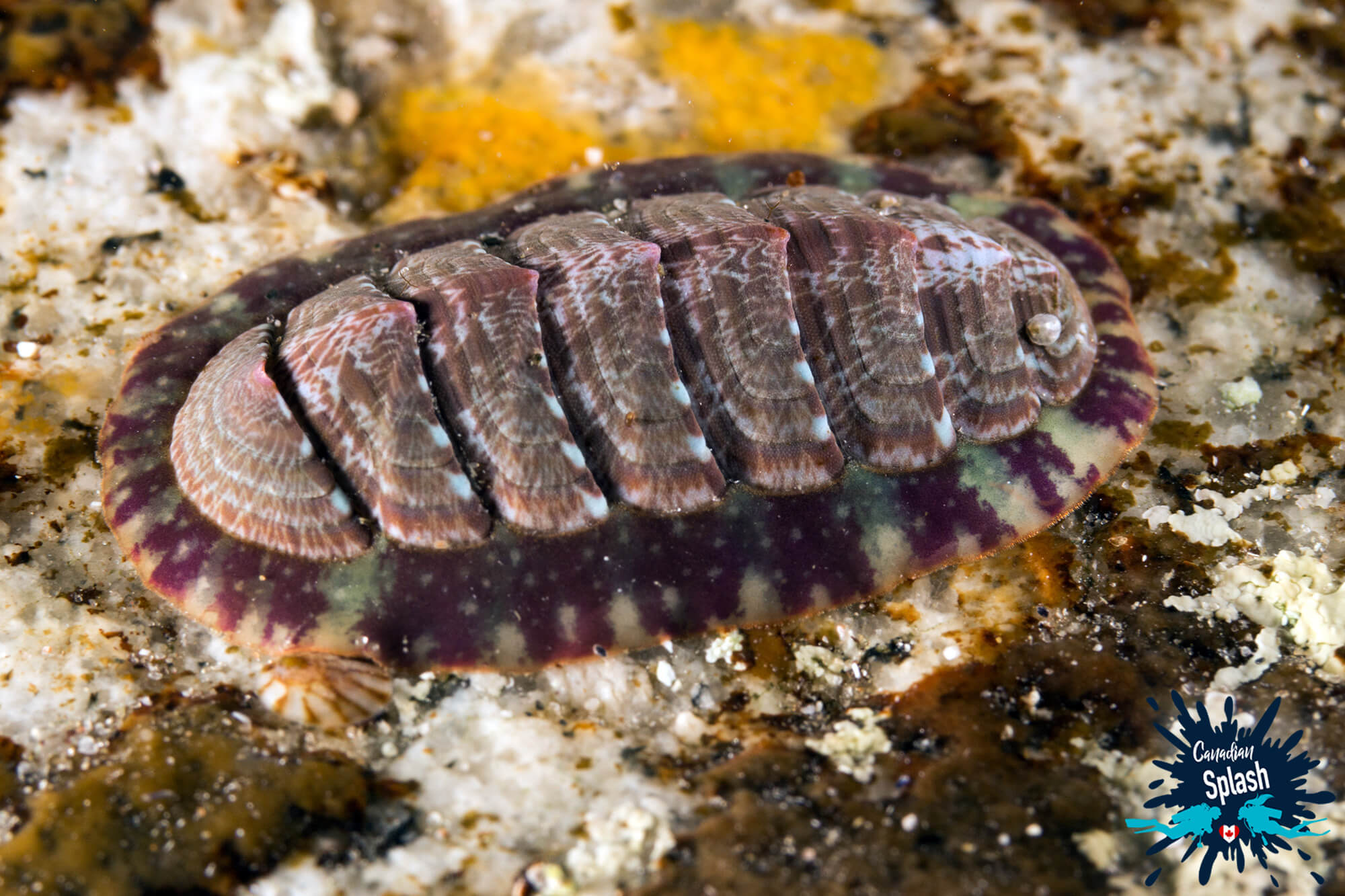
Ferguson’s Cove is, for the most part, a shallow dive site ranging from 9-12 meters (30-40 feet) with most of the sea life is found within the first 9 meters (30 feet).
This dive site does not have the greatest visibility and should be avoided after rain and bad weather.
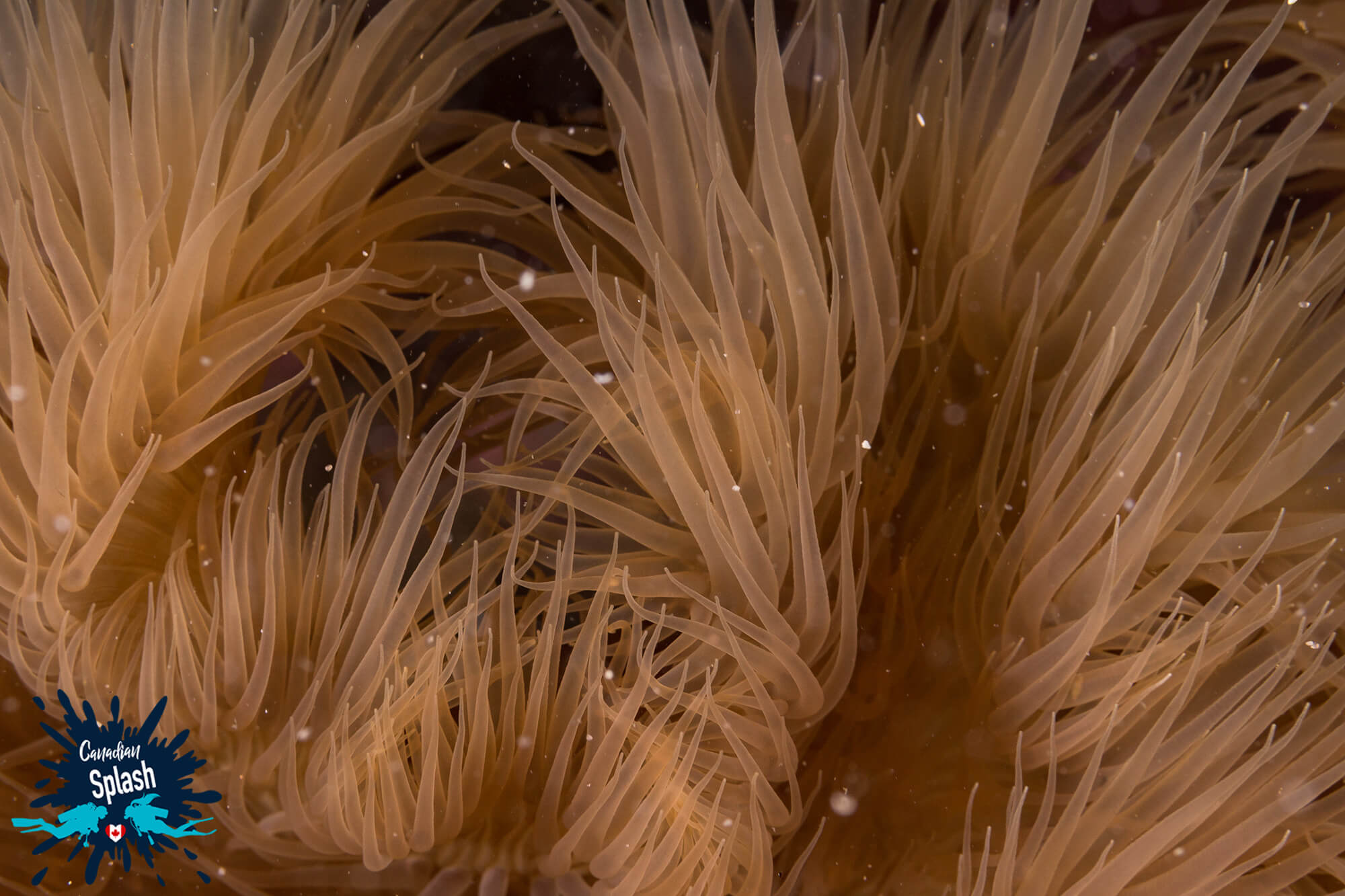

How to Find Ferguson’s Cove and What to Look For
GPS Coordinates: 44.603120, -63.557265
Address: 139 Fergusons Cove Rd, Fergusons Cove, NS B3V 0A4
Parking is along both sides of the road. Don’t block the driveways, pier or breakwater and avoid using the wharf as it is private property.
I’d be lying if I said cold water diving in Nova Scotia isn’t much work – it is.
There is a lot of time, logistics and planning that go into a day of diving. But in spite of it all, the watery rewards are well worth the effort.
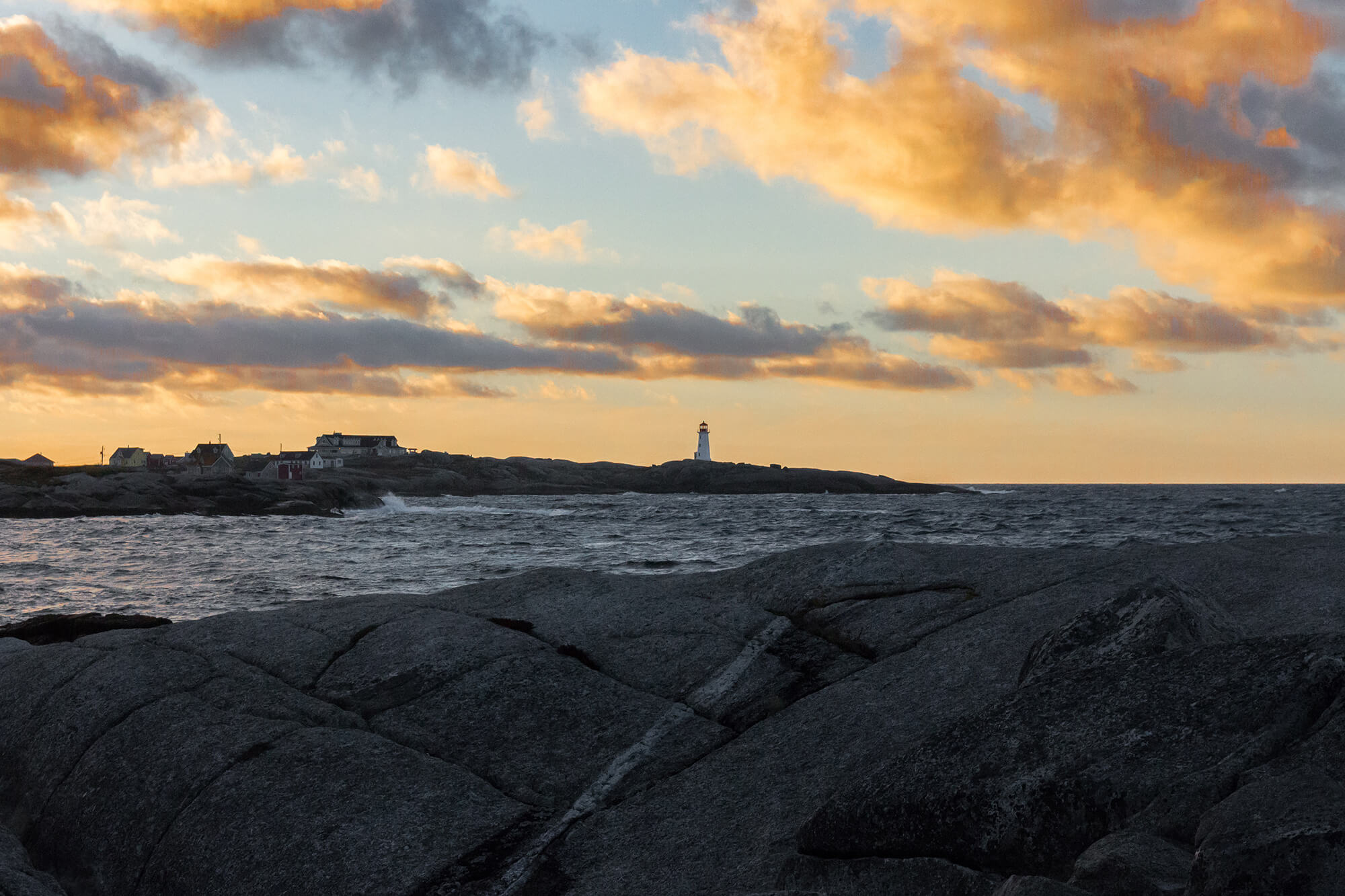
Read More on Shore Diving Site around St Margaret’s Bay:
When diving in Nova Scotia where do you even begin? Do you start in Halifax or do you wander beyond to see what the Halifax surrounding area has to offer for scuba diving?
The tourism tagline for Nova Scotia is “Canada’s ocean playground” for a reason. Halifax and area have some fantastic things to do on and under the ocean. The fun-filled North Atlantic ocean is filled with critter and ripe for the picking.
Get out and explore what’s in this provinces aquatic backyard!
Got any other wicked shore diving spots in Nova Scotia? Comment below so we can investigate them.
Writers Note: The rock crab hiding in the green plant life image was selected by Canadian Geographic as one of the 10 best wildlife photos from Can Geo’s Instagram community for 2019. The photo was also published in their Ultimate Canadian Instagram Photobook.
This post may contain affiliate links. We will make a small commission if you make a purchase through one of these links, at no extra cost to you. See full disclosure and disclaimer policy here.


When diving in Nova Scotia where do you even begin? Do you start in Halifax the province's capital or do you wander beyond to see what the surrounding area has to offer?
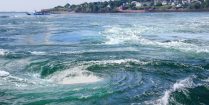
Submerging into the cold waters of Deer Island is one of the best ways to appreciate the vibrant array of color the Bay of Fundy hides beneath her surface.
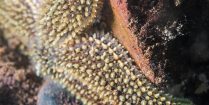
Sometimes finding a good dive spot is easier said than done. Shore diving around Saint John, New Brunswick is a testament to how unpredictable the Bay Fundy can be.

Saint Andrews by-the-sea may be small in size, but this summer town packs a pretty big dive punch for scuba divers willing to brave the Bay of Fundy's tides.
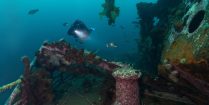
Do you enjoy cold water wreck diving? This dive destination will let you experience the best shipwrecks and scuba diving opportunities on the Canadian east coast.

When it comes to getting outside and immersed in nature, Ontario Parks is at the top of the list. Not only do the parks boast magnificent nature, but it's hundreds of thousands of lakes make it a real treat for those who love the water.

Do you want to try diving inside an aquarium? This unique Canadian location lets you experience scuba diving and up-close animal encounters like never before.

Nova Scotia is full of cold water diving opportunities, particularly around shores of Halifax.

What is the oval shelled creature above? I spotted lots of them above the low tide line, a few years in Cuba by Holguin at the Don Lino resort beach.
Hi RJ, the oval-shaped animal above is a chiton – a soft-bodied animal in the phylum mollusca (a close relative to clams and snails). There are many different species of chiton and some which are certainly found in the tropics.
https://en.wikipedia.org/wiki/Chiton#:~:text=Chitons%20%2F%CB%88ka%C9%AAt,430%20fossil%20species%20are%20recognized.